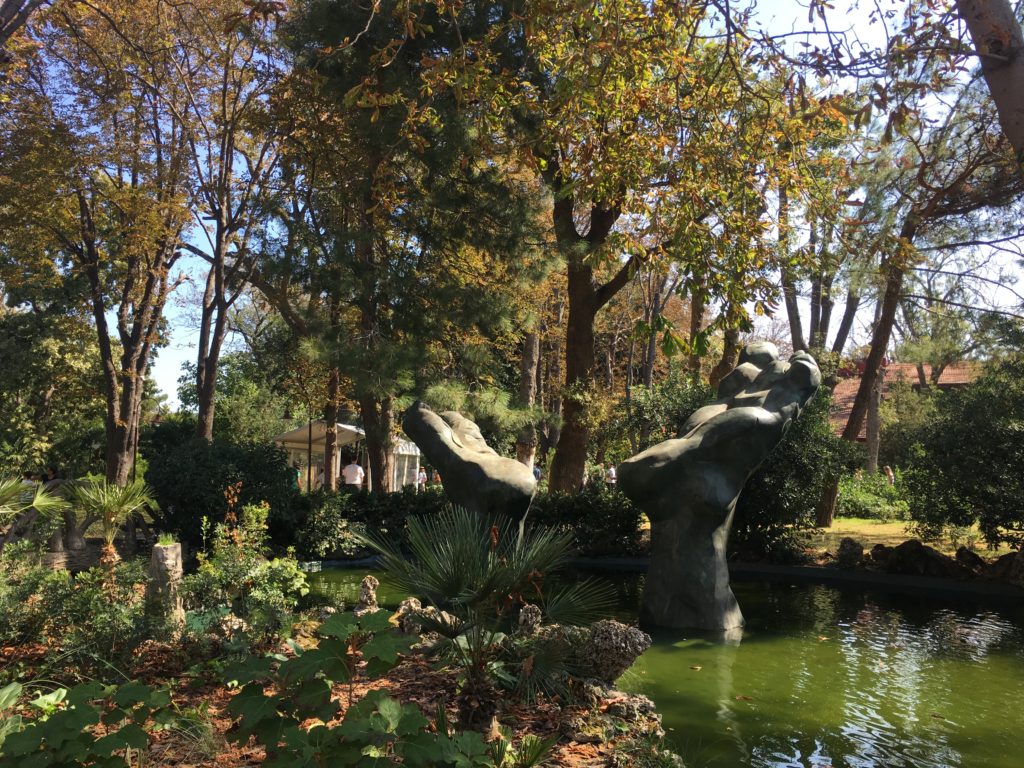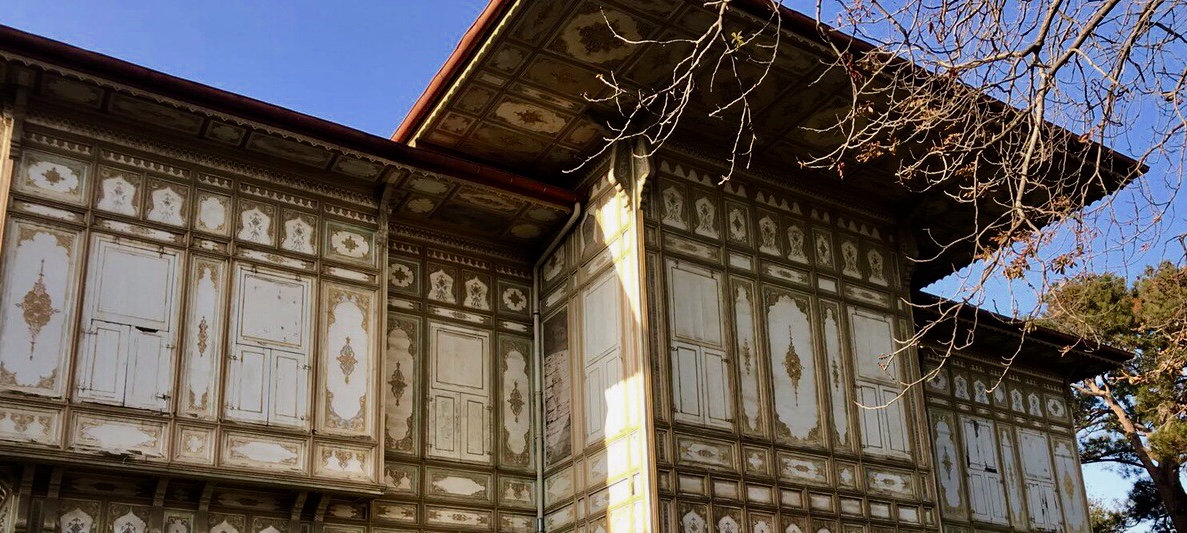These past few weeks have been the time of a joyful excitement for art lover Istanbulites. Maybe a little bit hesitant for those who are sceptical or less informed about contemporary art but, surely a big occasion in the city. Now is the time of the Istanbul Biennial (September 14-November 10, 2019). I am not an art critic nor an expert in the field and frankly, during the past biennials, I sometimes had difficulty in relating myself with the exhibitions. Still, it is a pleasure to see the increase in the number of interested people over the years. Almost all main venues are full of people from different walks of life. Young students, artists, mothers with children or babies, white and blue collar employees, retired men and women, the more avant-garde and the conservatives. Occasionally, foreigners who happen to be in the city too.
The Istanbul Biennial has been organised by The Istanbul Foundation for Culture and Arts (İKSV) since 1987. The organisation “aims to create a meeting point in Istanbul in the field of visual arts between artists from diverse cultures and the audience”. It is the most comprehensive international art exhibition in the region. The biennial is accompanied by a complementary educational program for both students and art lovers, panel discussions, conferences and workshops. Guided tours, which I personally think are very beneficial, have also been provided since the previous biennial.
The curator of each biennial is appointed by an international advisory board who develops a conceptual framework to which the invited artists and projects are expected to adhere. The topic chosen by the French curator and art historian Nicolas Bourriaud for the 16th Istanbul Biennial is The Seventh Continent. For more information about the biennial you can visit the foundation’s website (https://bienal.iksv.org/en) or have a look at a related article in The Guardian (https://www.theguardian.com/artanddesign/2019/sep/18/its-hard-not-to-panic-istanbul-biennial-targets-waste-greed-garbage-and-gorgons).
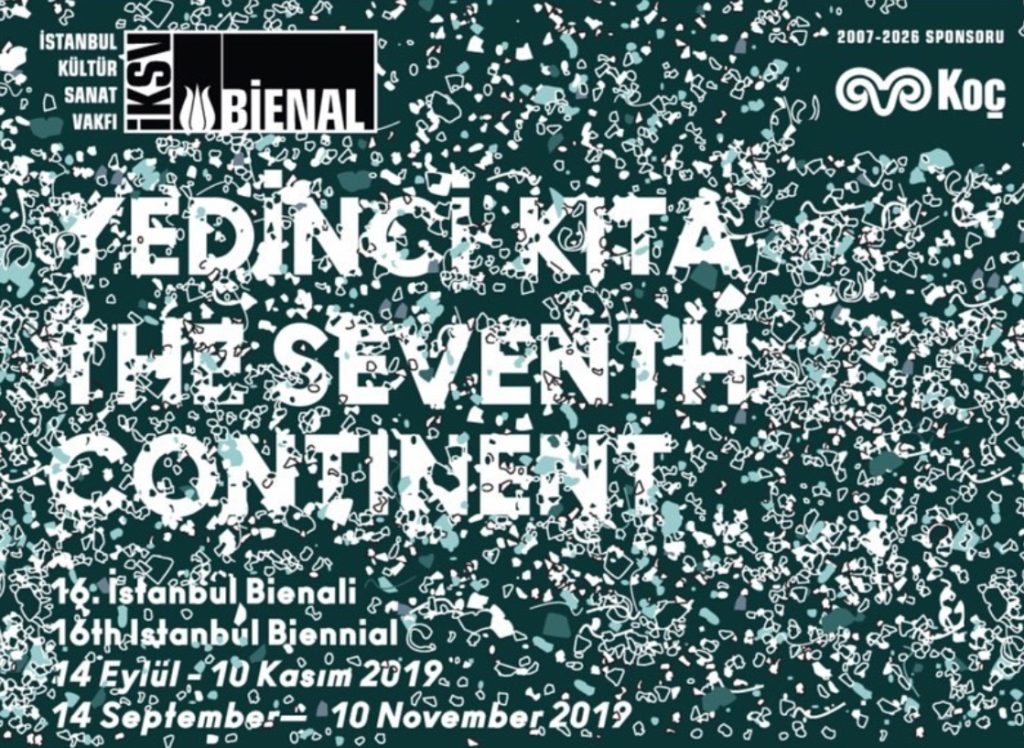
Comprised of more than 220 artworks by 56 artists and art collectives, The Istanbul Biennial is presented in three locations: Mimar Sinan Fine Arts University Istanbul Museum of Painting and Sculpture (a 17,700 sq metres former warehouse on the waterfront in the Tophane district), the Pera Museum and in a couple of locations on the Büyükada Island (the largest of the Princes’ Islands in the Sea of Marmara).
The exhibition, “The Child Within Me”, is one of the close to one hundred parallel activities of the Istanbul Biennial, taking place all over the city. It consists of a selection from the private collection of Mr. Ömer Koç, the Chairman of Board of Koç Holding, the main sponsor of the Istanbul Biennial. Mr. Ömer Koç is not only the leader of the biggest group of companies in Turkey, but he is also a devoted collector as well. Apart from his big art collection, he is also known to have collections of Ottoman objects, documents and tiles.
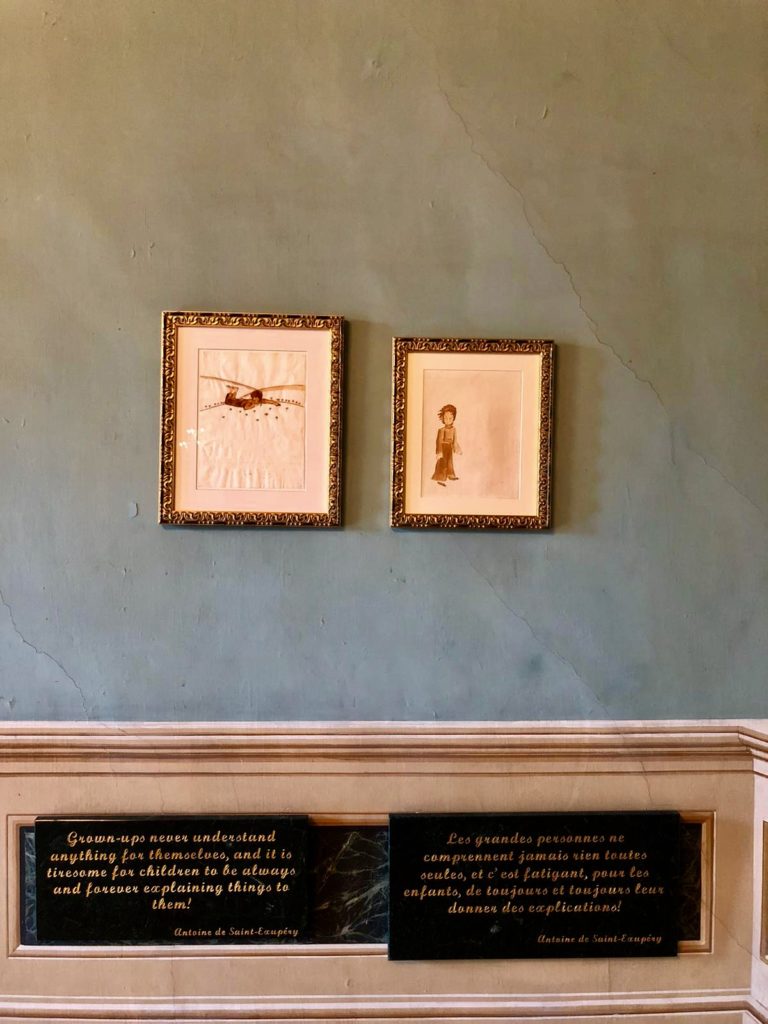
Antoine de Saint Exupéry
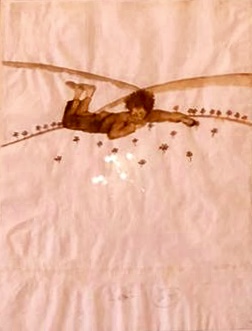
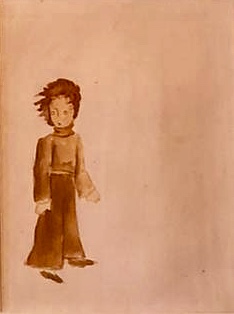
Photo credit to Duygu Akın
Organised by Károly Aliotti, “The Child Within Me” exhibition takes the phrases of Antoine de Saint Exupéry as its basis. The writer of the famous book Little Prince is known to have once stated that, “Every adult was initially a child… But very few of them remember that”. Including also Antoine de Saint Exupéry’s original drawings for the Little Prince, the exhibition invites us to remember and to listen to the forgotten child within us. A Picasso painting being one of them, all the contemporary works of art and the installations take visitors on a journey to their long forgotten childhoods.
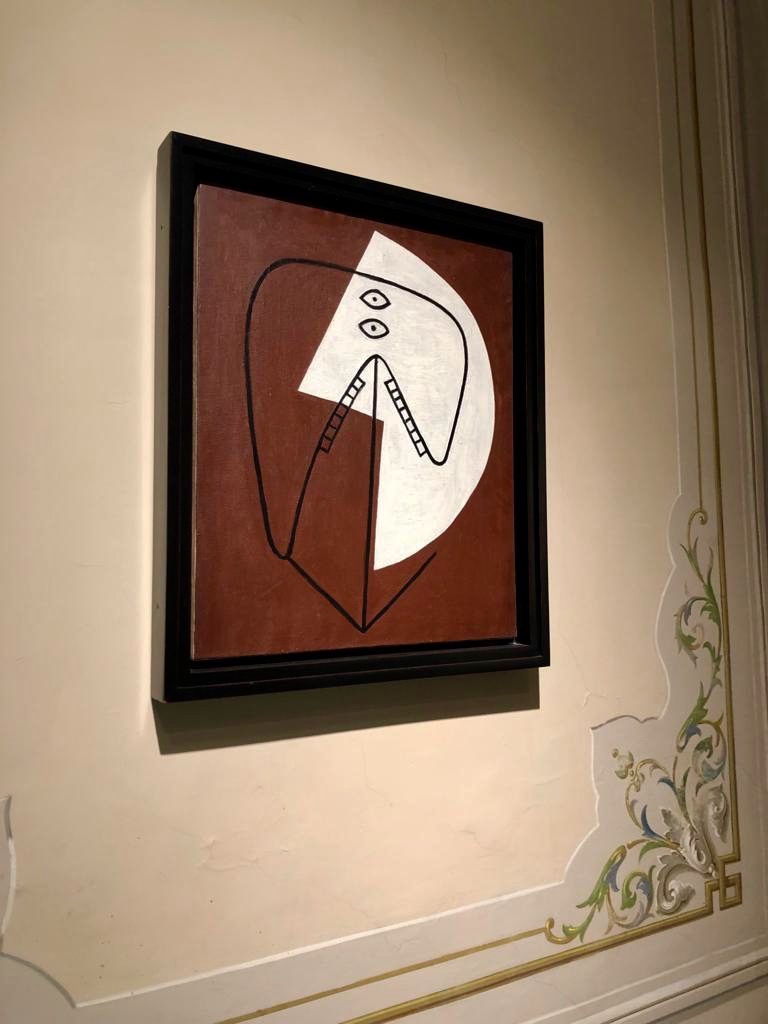
Photo credit to Gülseren Kurdaş
The full list of the artists whose works of art are on display in this exhibition are: Francesco Albano, Murat Balcı, Ronit Baranga, Yto Barrada, Bertozzi & Cassoni, Stefano Bombardieri, Claudio Bravo, David Breuer-Weil, Paul Carey, Jean Baptiste Carpeaux, Keith Carter, Loris Cecchini, Taner Ceylan, E.V.Day, Antoine de Saint-Exupéry, Snyder Dean, Maurice Denis, Nezaket Ekici, Yael Erlichmann, Jan Fabre, Nancy Fouts, Françoise Gilot, Murat Gök, Simon Groves & Tracy Johnson, Mona Hatoum, Kenny Hunter, John Isaacs, Ahmet Doğu İpek, Juneau Projects, Clementine Keith-Roach, Alicja Kwade, Lloyd le Blanc, Fabien Mérelle, Luc-Olivier Merson, Polly Morgan, Ordinary Architecture, İrfan Önürmen, Ferhat Özgür, John Campbell Phillips, Pablo Picasso, Patricia Piccinini, Wilfred Pritchard, Tawatchai Puntusawasdi, Elsa Sahal, Michael Schwarze, Erinç Seymen, Carolein Smit, Yaşam Şaşmazer, Sam Taylor-Wood, Hale Tenger, Seyhun Topuz, Mehmet Ali Uysal, Levi Van Veluw, Fabio Viale, Andy Warhol, Bedwyr Williams, Daphne Wright, Erwin Wurm, Damla Yalçın
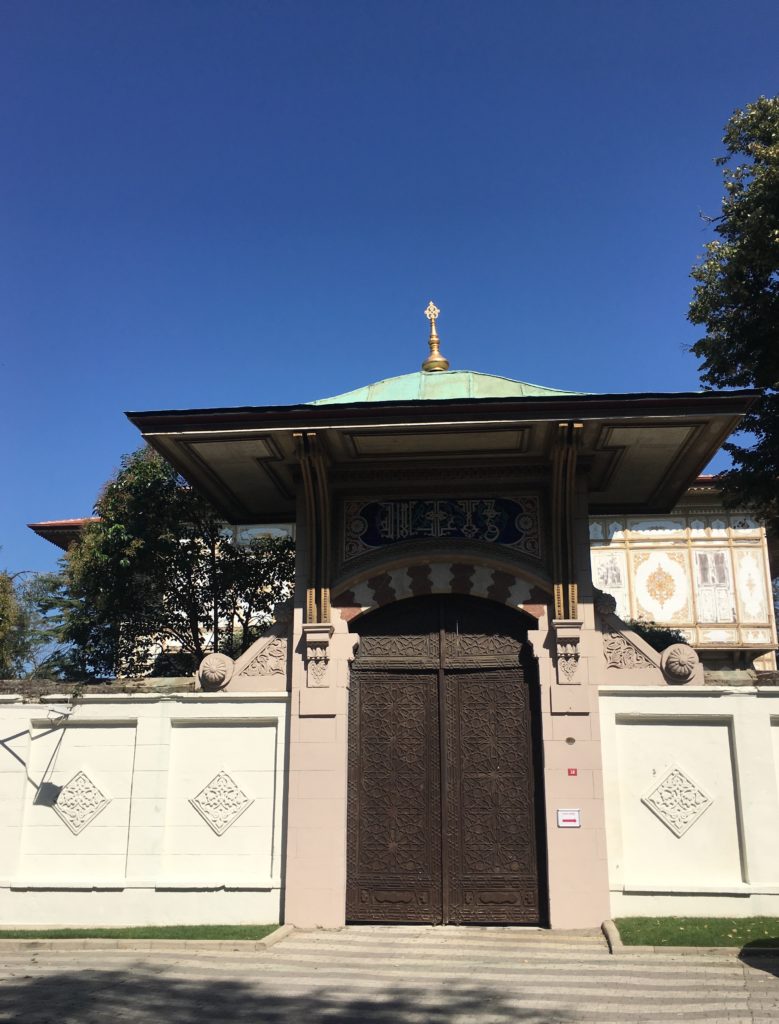
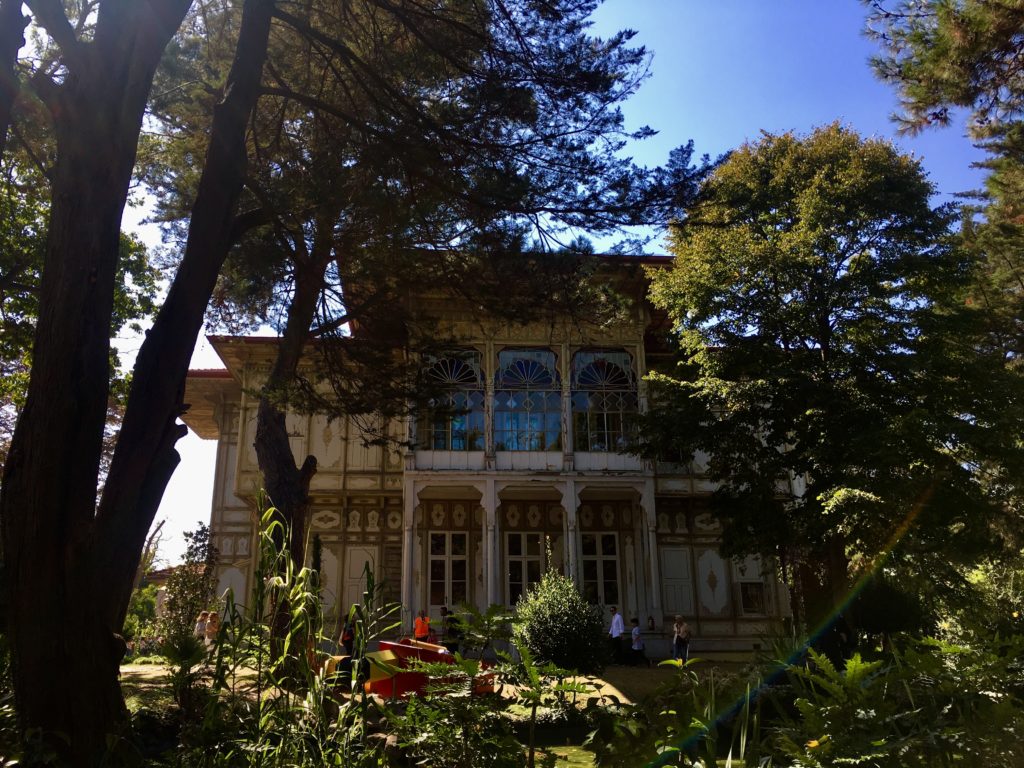
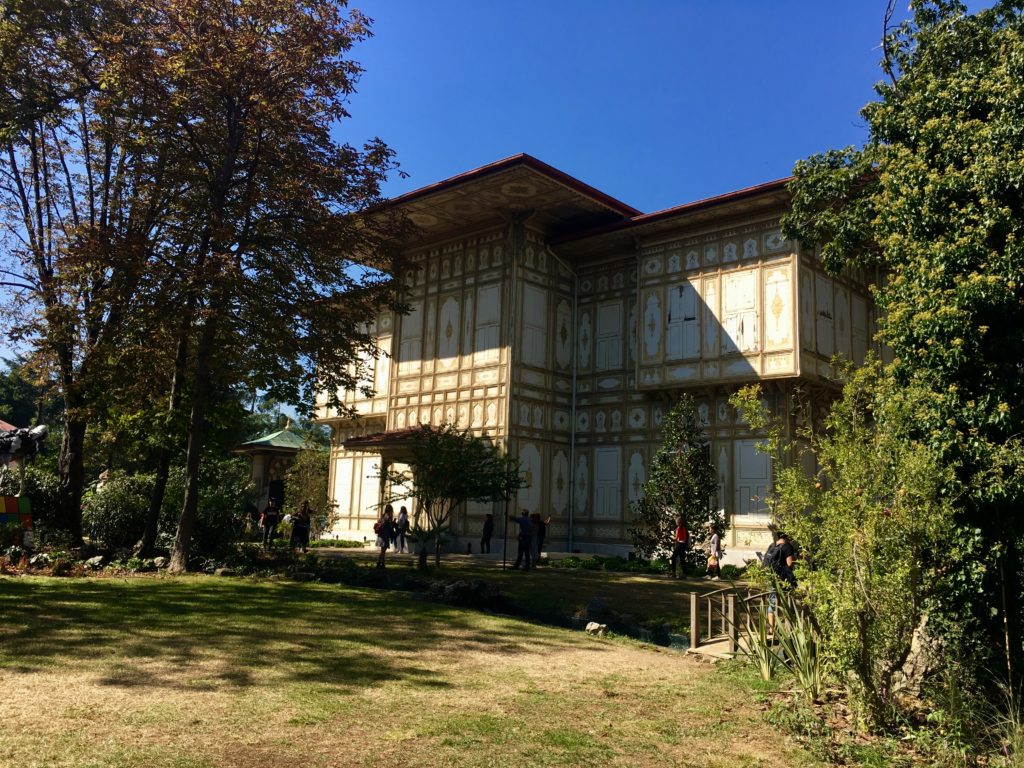
The venue of “The Child Within Me” is no less interesting than the exhibition itself. The beautiful and historical Abdülmecit Efendi Pavilion is normally closed to the public. Owned by Koç Holding, this is the second time that it has been opened to the public within the context of the Istanbul Biennial and in my opinion, part of the great interest in the exhibitions that take place there are due to the desire to see this really fascinating building.
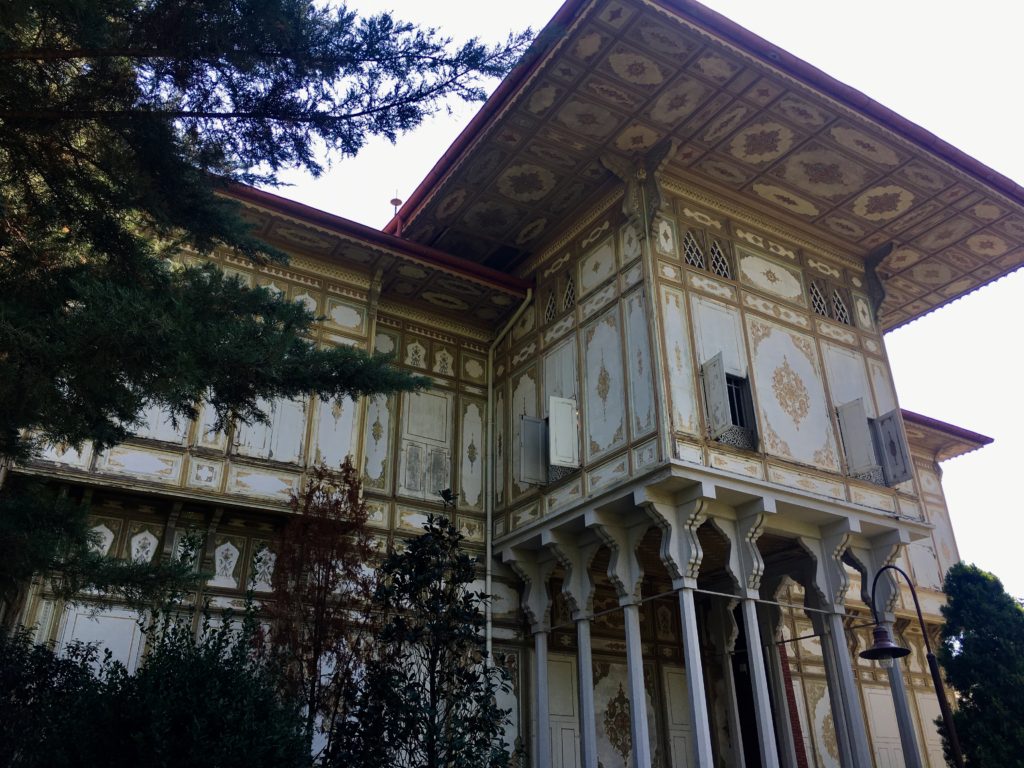
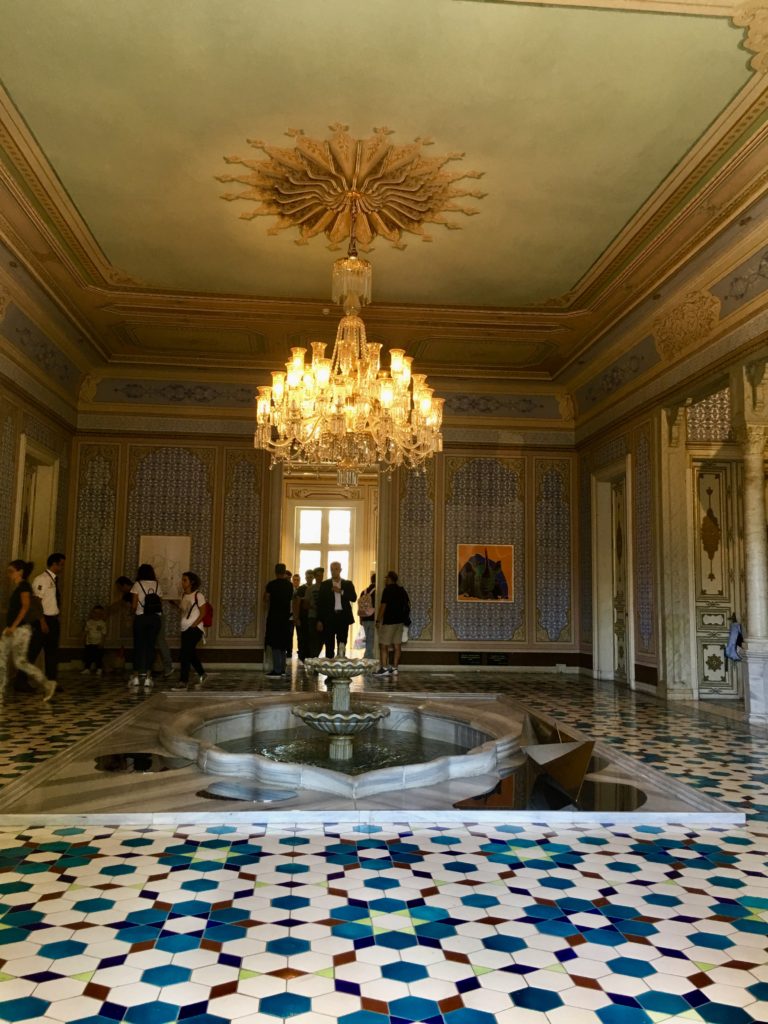
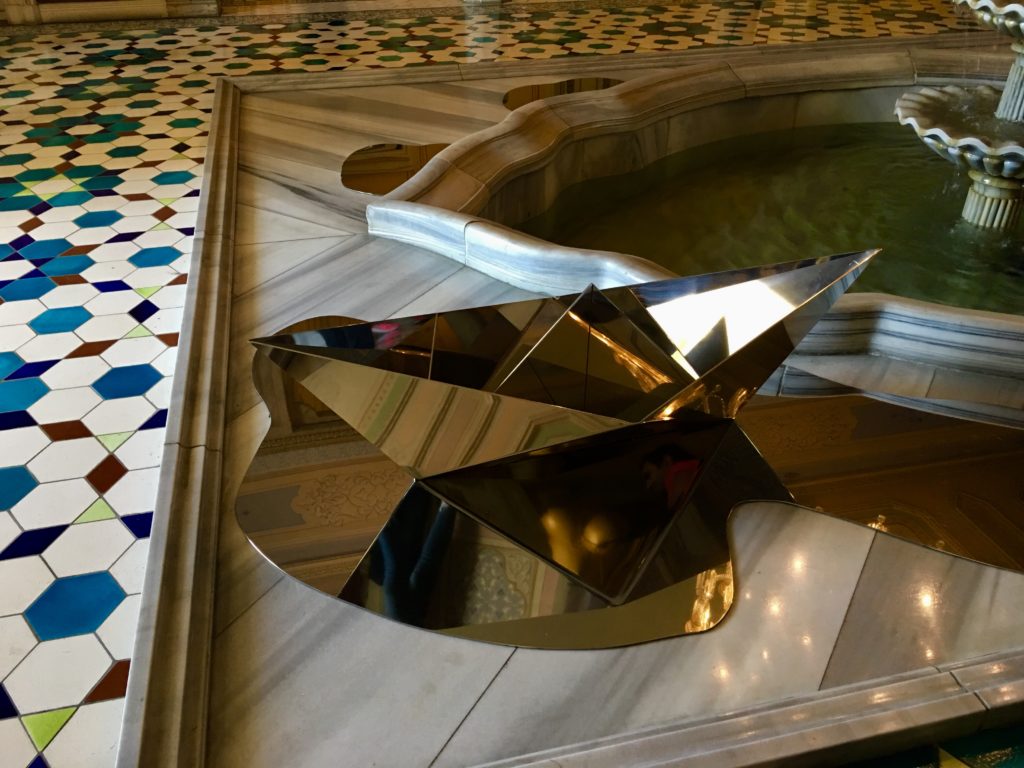

The pavilion also has an important meaning for the more conservative Istanbulites because, it was once one of the residences of the last Caliph of the Muslims, Abdülmecit Efendi. Even though there are academical disputes among experts on the exact time, it is generally assumed that the Ottoman Sultans acquired the title of Caliph when Sultan Yavuz Selim conquered Egypt and ended the Mamluk reign there. After that, all of the following Ottoman Sultans were considered as Caliphs as well, even though they not always used the title. The only exception was the last Caliph, Abdülmecit Efendi, even though he was the heir in line to the Ottoman throne at the time. When Abdülmecit Efendi was assigned as Caliph on November 19th, 1922 by the Grand National Assembly of Turkey, the Ottoman reign had already been abolished (on November 1st, 1922) by the new regime. The last Sultan Mehmet VI. Vahdettin, who was the cousin of Abdülmecit, had fled the country on a British destroyer. Abdülmecit Efendi kept the title until March 3rd, 1924 when the new Turkish Republic abolished the Caliphate all together. The Caliph and his family were asked to leave the country immediately. He died in Nice, France on August 23rd, 1944.
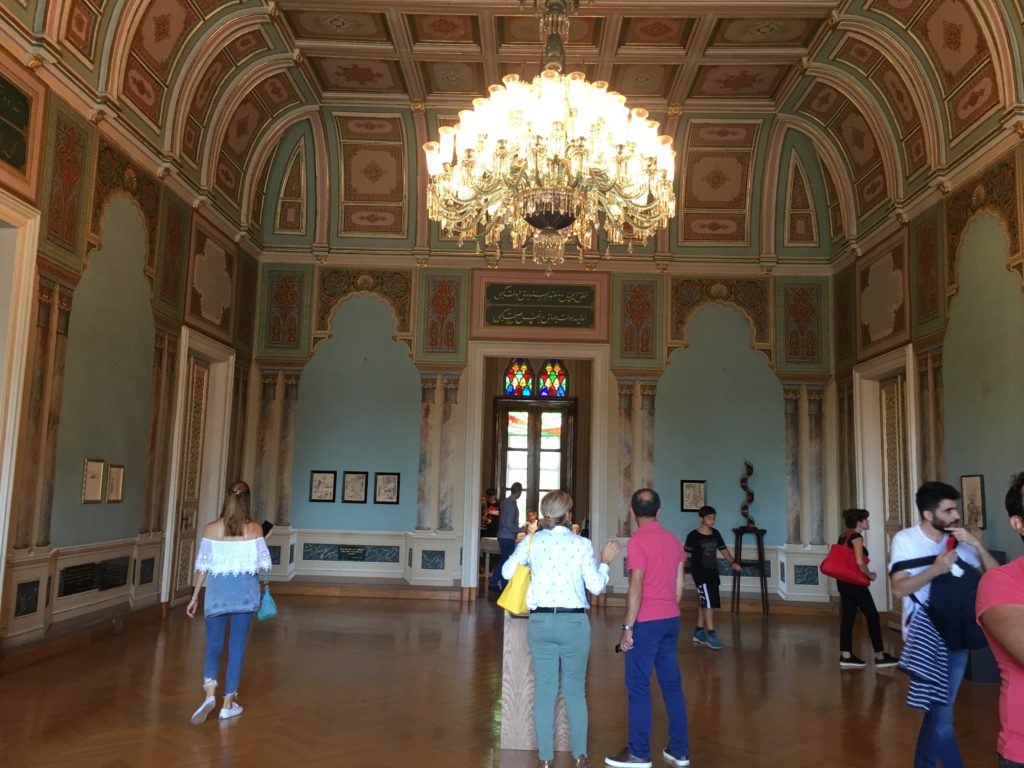
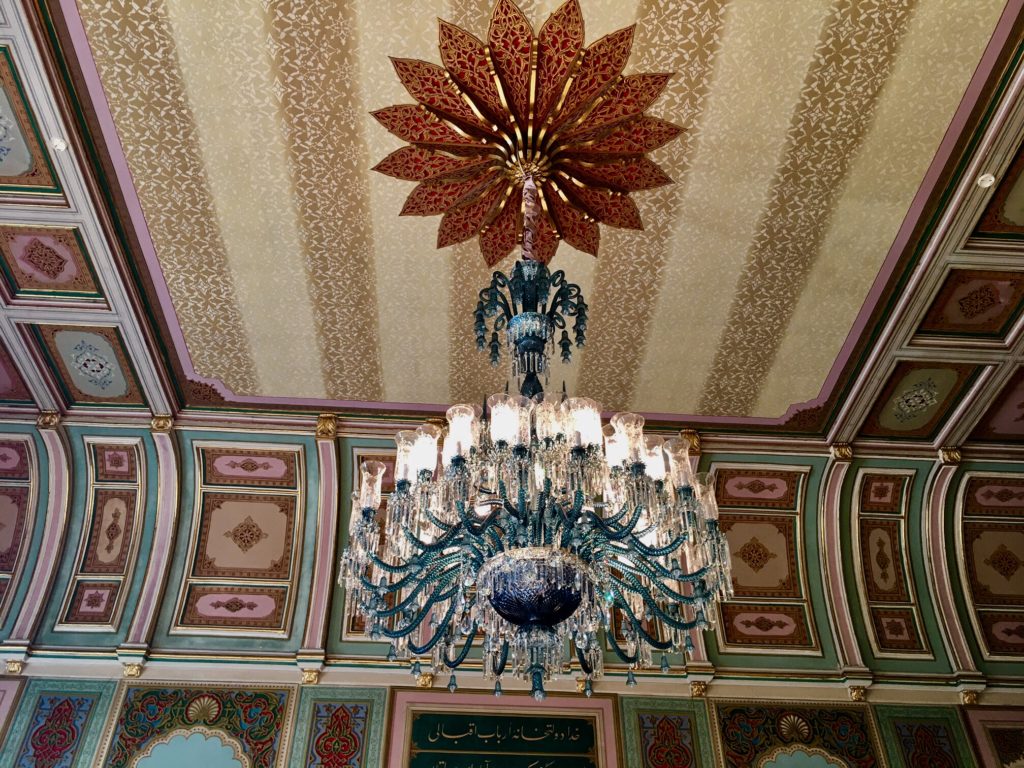
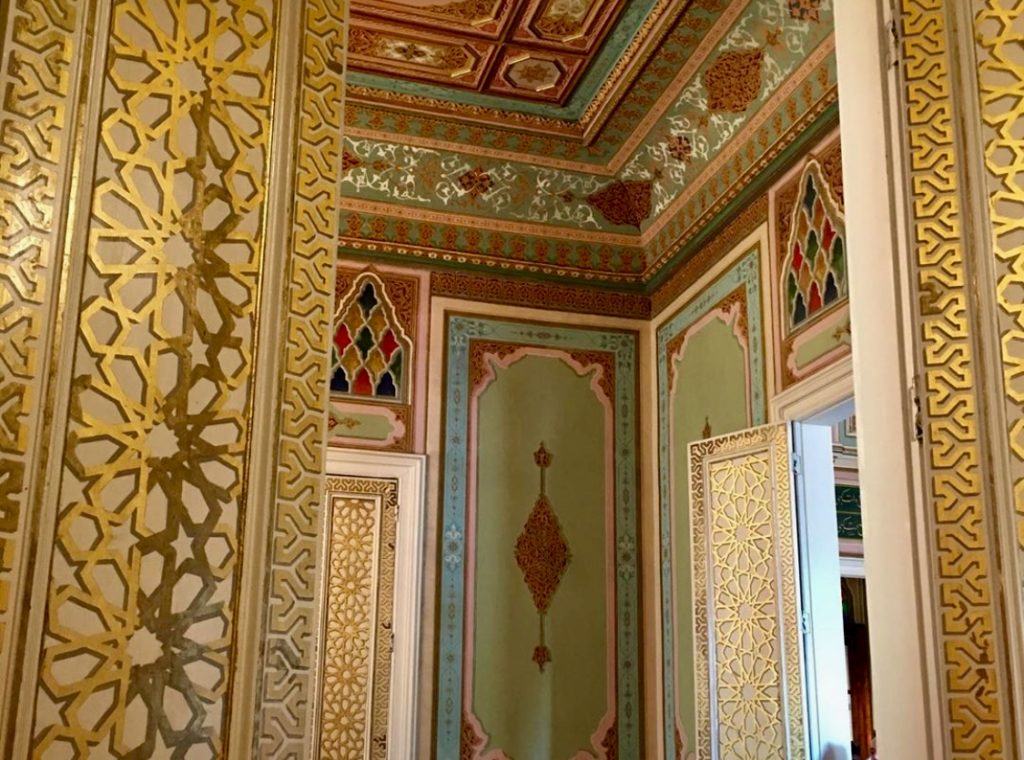
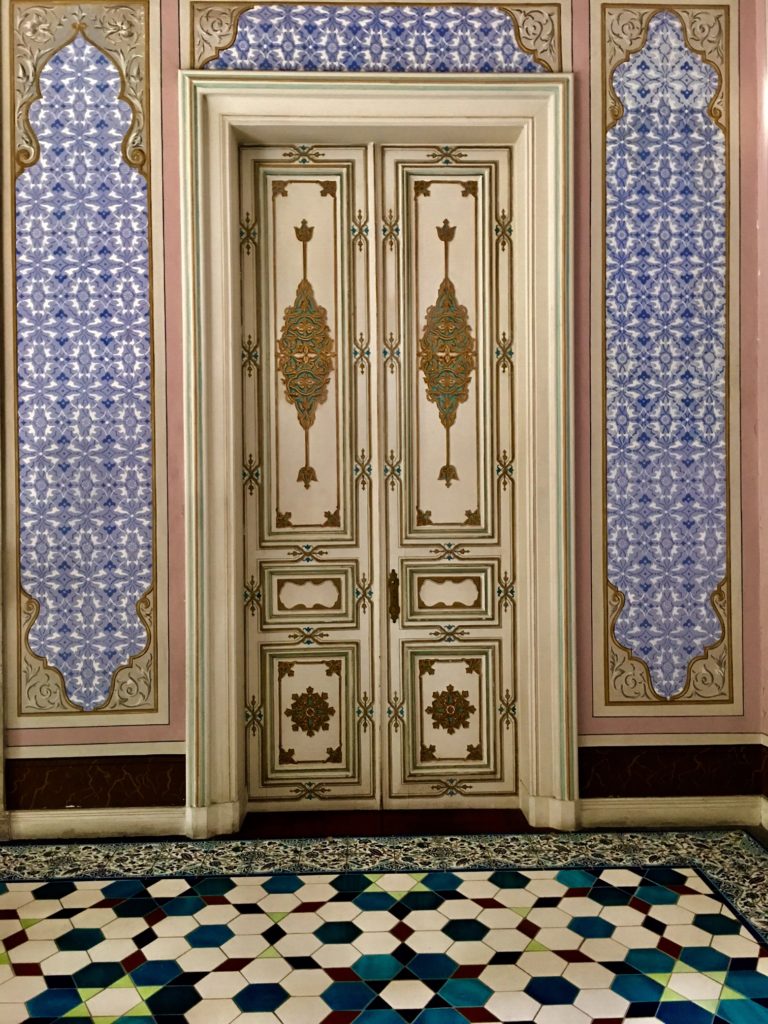
Surprisingly and contrary to the general belief of the conservative Muslims, the last Caliph Abdülmecit Efendi led a western style life, just like the other members of the Royal Ottoman Family of the time. He spoke French and German in addition to Arabic and Farsi. Painting and music were his special interests. He took painting lessons from the Italian painters Salvatore Valeri and Fausto Zonaro, who was also the court painter at the time. His paintings can be seen at the Imperial Painting Museum which is within the premises of the Dolmabahçe Palace. Some of his paintings were included in exhibitions in Paris and Vienna. What adds more to the controversy of a painter Caliph is that he was especially good at painting portraits, as painting (especially human beings) was prohibited in Islam.
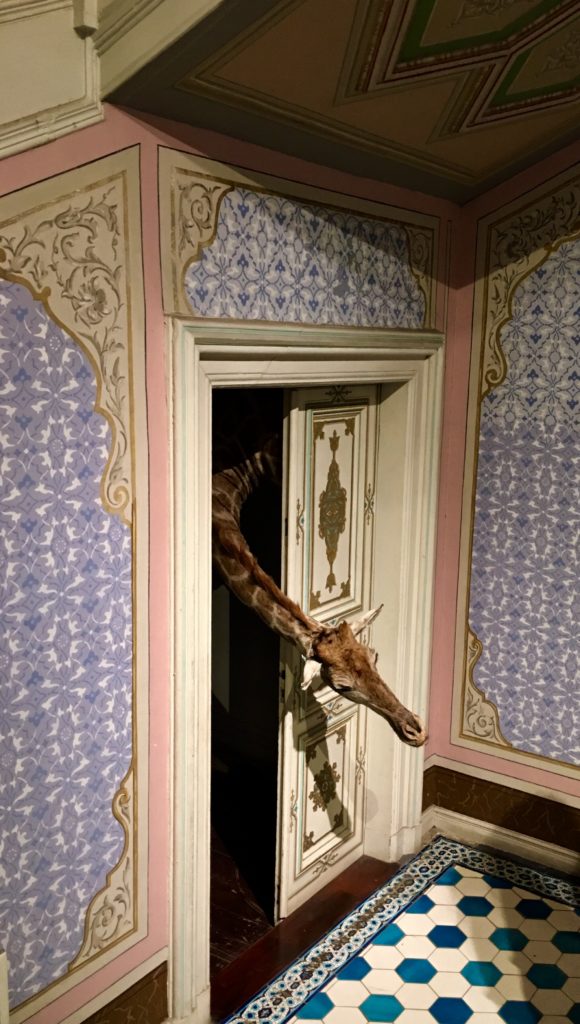
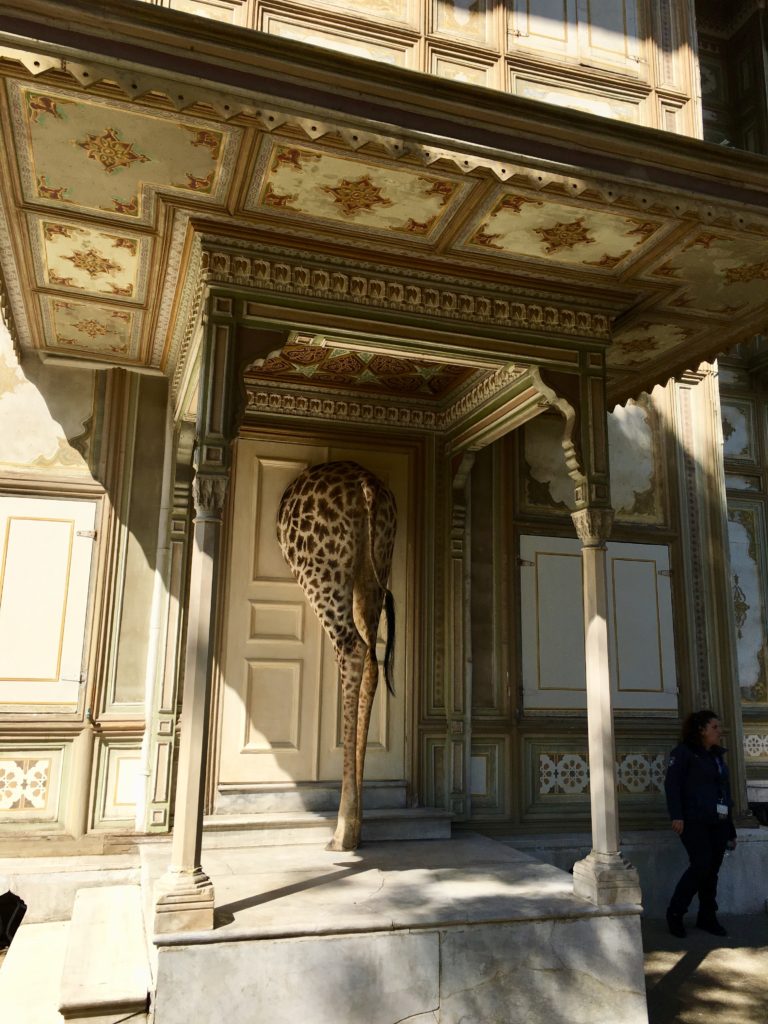
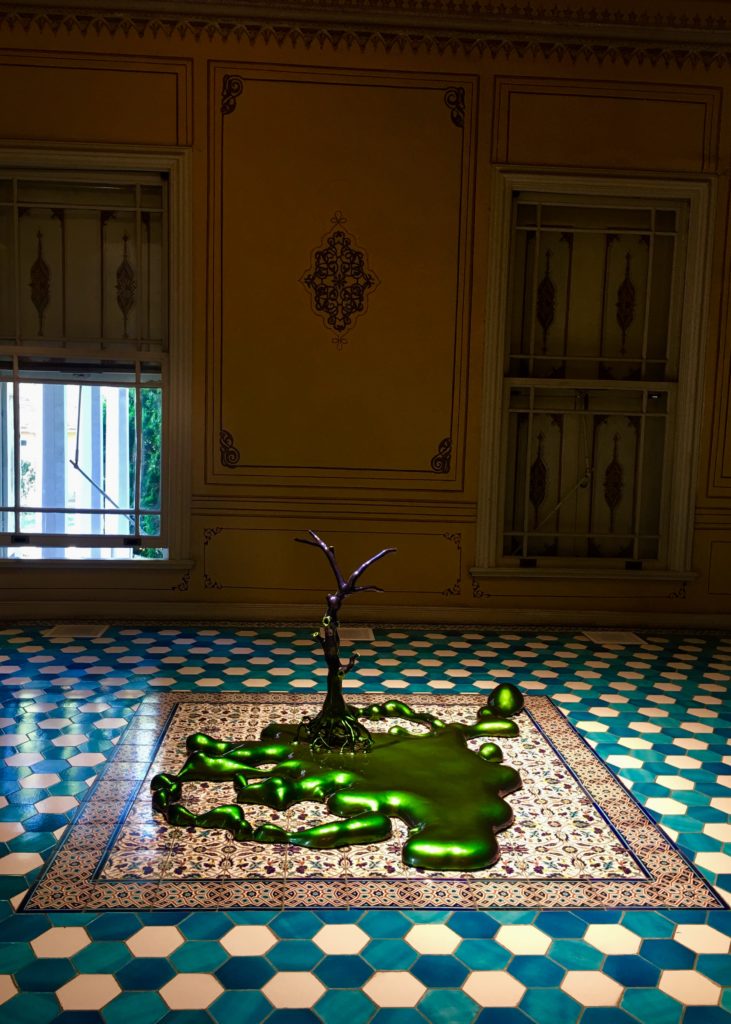
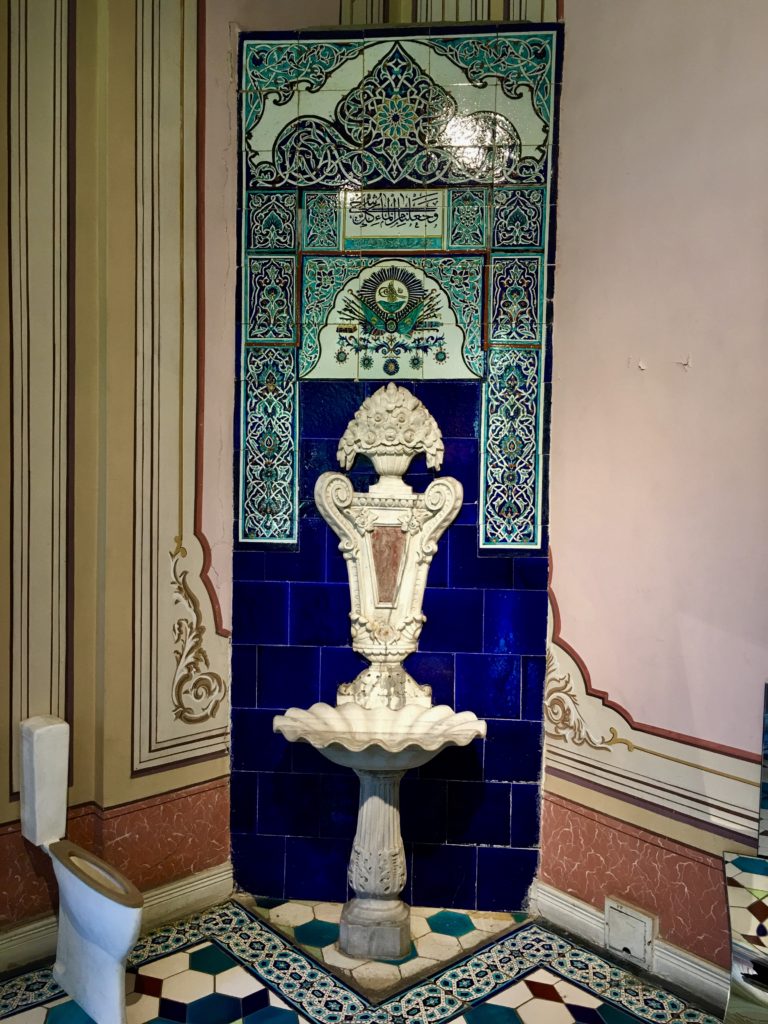
Abdülmecit Efendi was also very much interested in music. He could play the piano, the clavichord, the violin and the cello. He took piano lessons from the Hungarian pianist Geza de Hegyei, who was one of the students of Franz Liszt, and the Hungarian violinist Karl Berger. It is known that the last Caliph gave one of his own paintings of Liszt to Hegyei as a present while he dedicated his composition Elegie to Karl Berger.
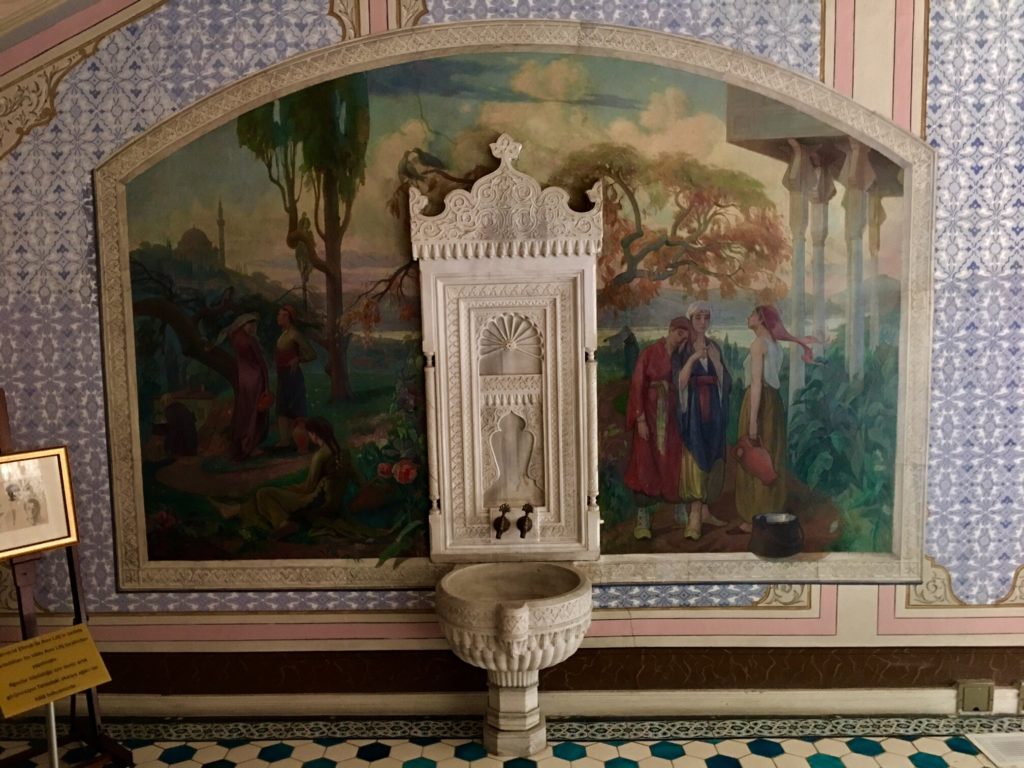
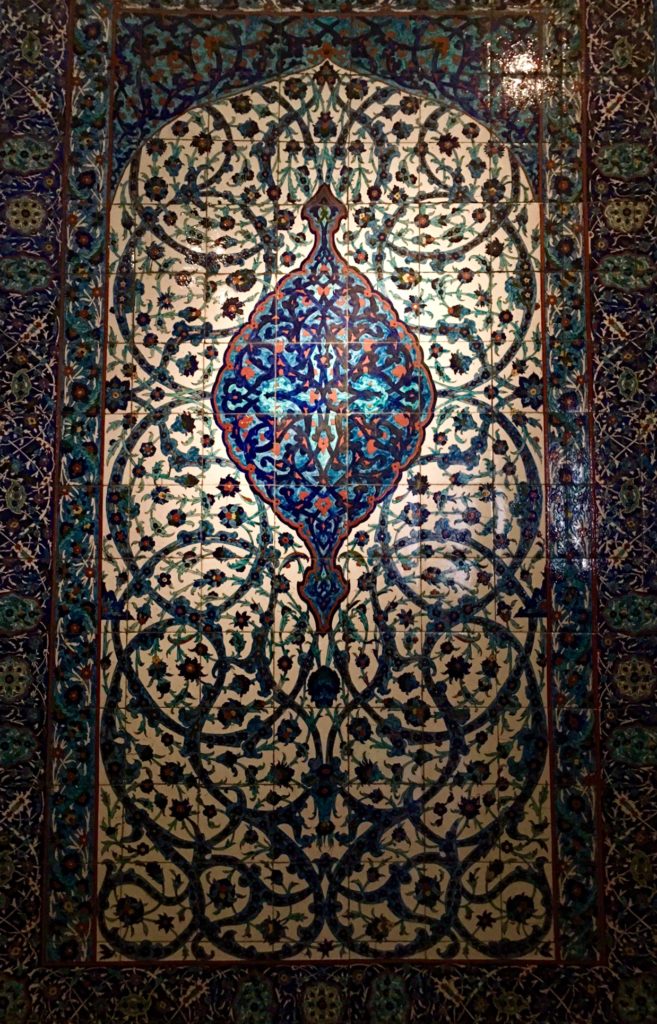
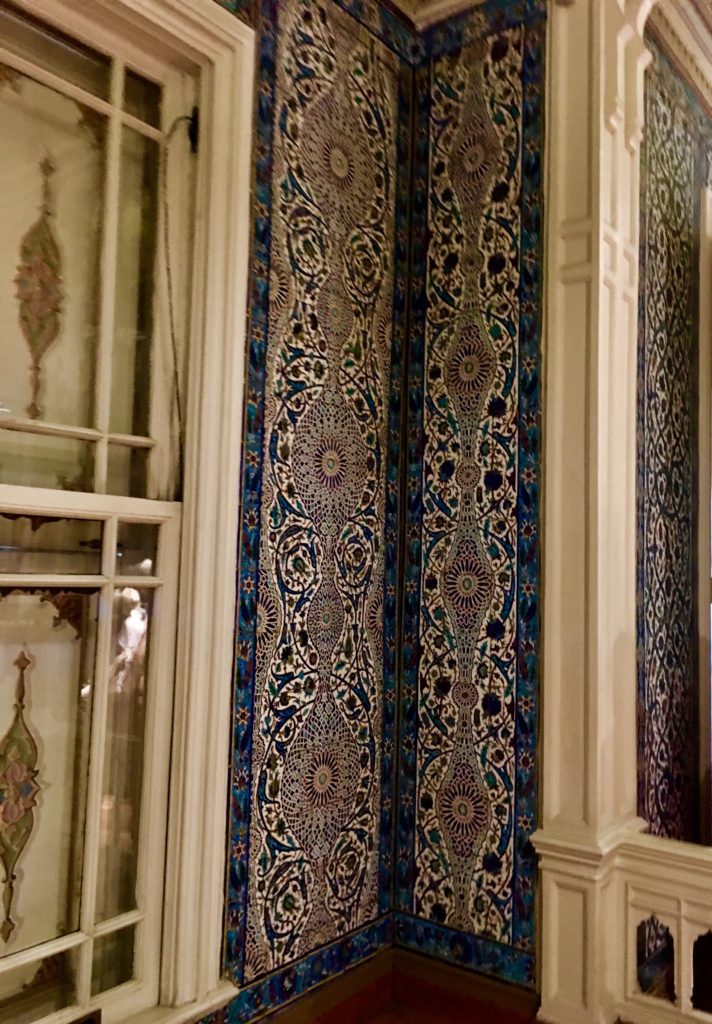
The much admired Abdülmecit Efendi Pavilion was originally commissioned and owned by the Khedive of Egypt, İsmail Pasha. It was built between 1880-1885 by the French Ottoman architect Alexander Vallaury (1850-1921). After studying architecture in École nationale supérieure des Beaux-Arts in Paris, Vallaury came to Istanbul in 1880. He founded the architecture department of the School of Fine Arts and taught there for 25 years, until his retirement in 1908. The Hotel Pera Palace, the building of the Istanbul Archaeological Museum and the Orphanage on the Heybeli (Halki) island (one of the Princes’ Islands in the Sea of Marmara) are among his notable works.
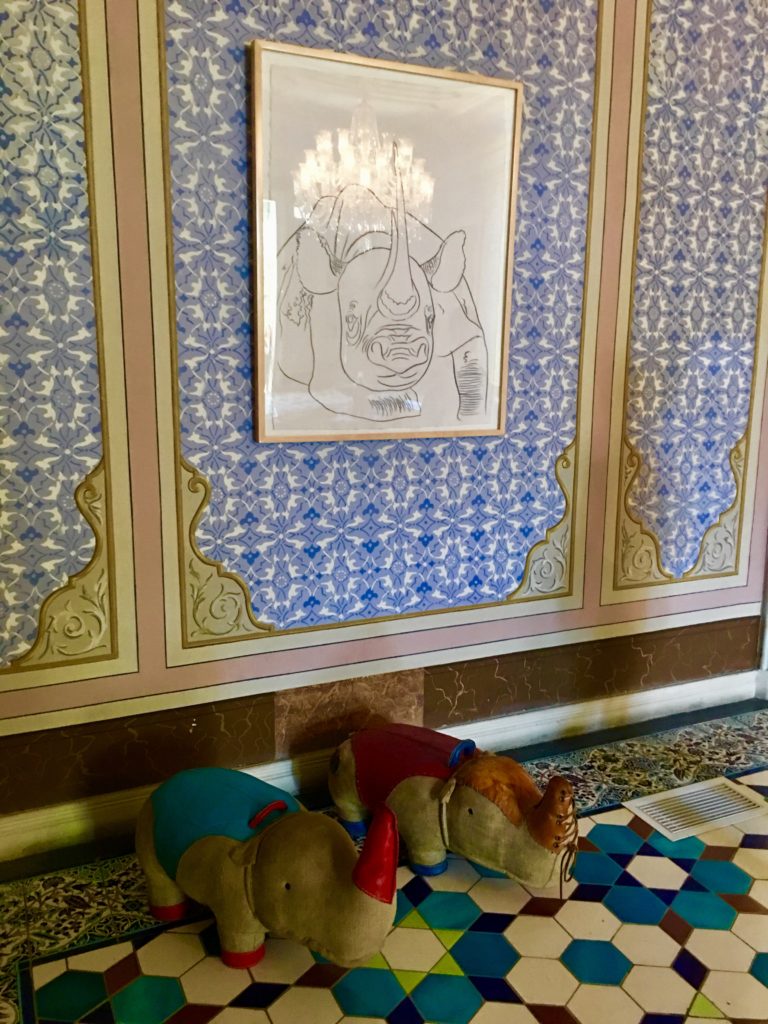
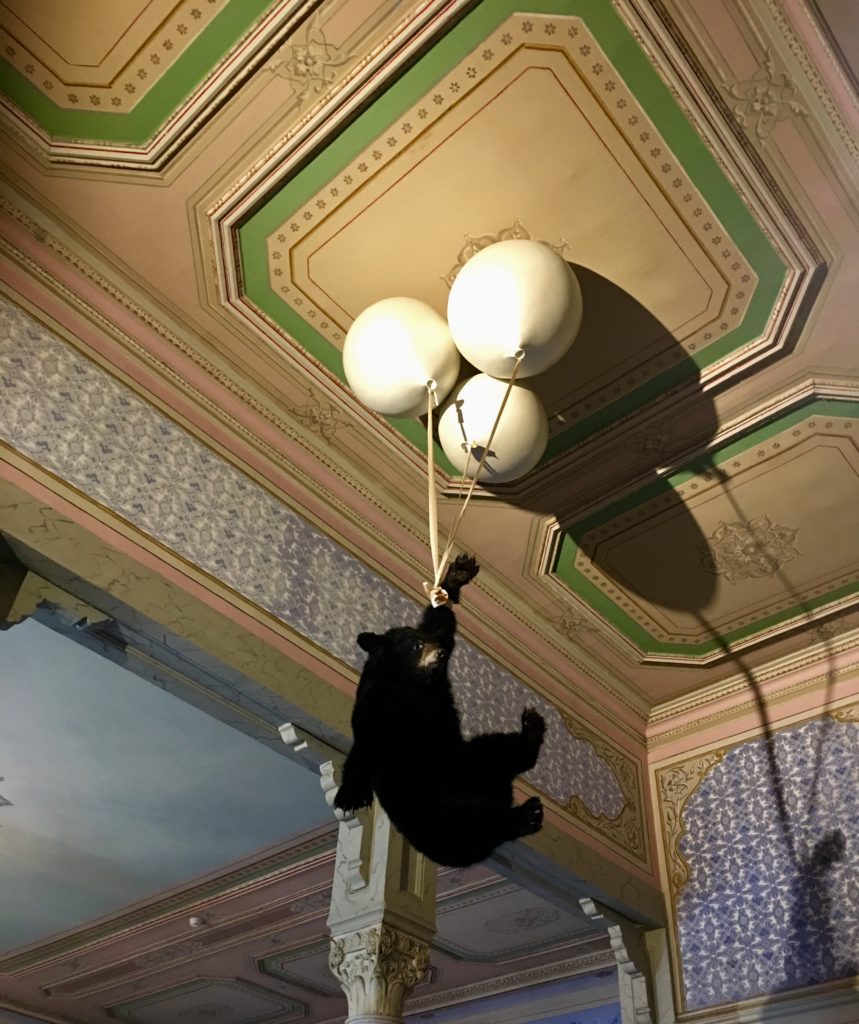
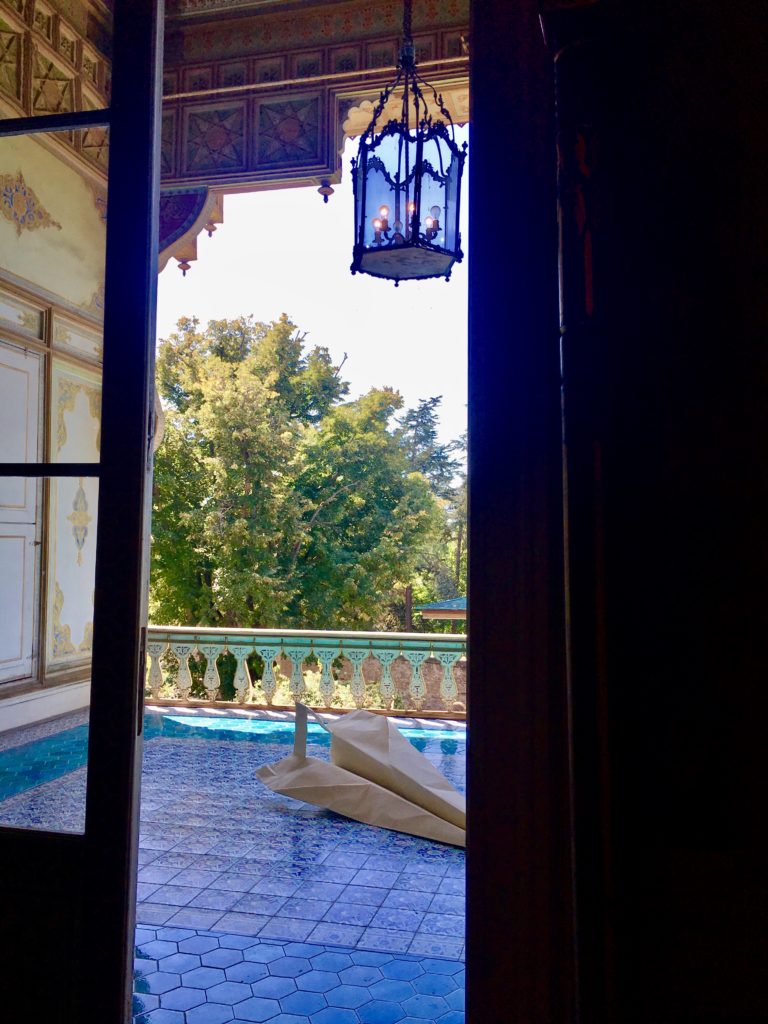
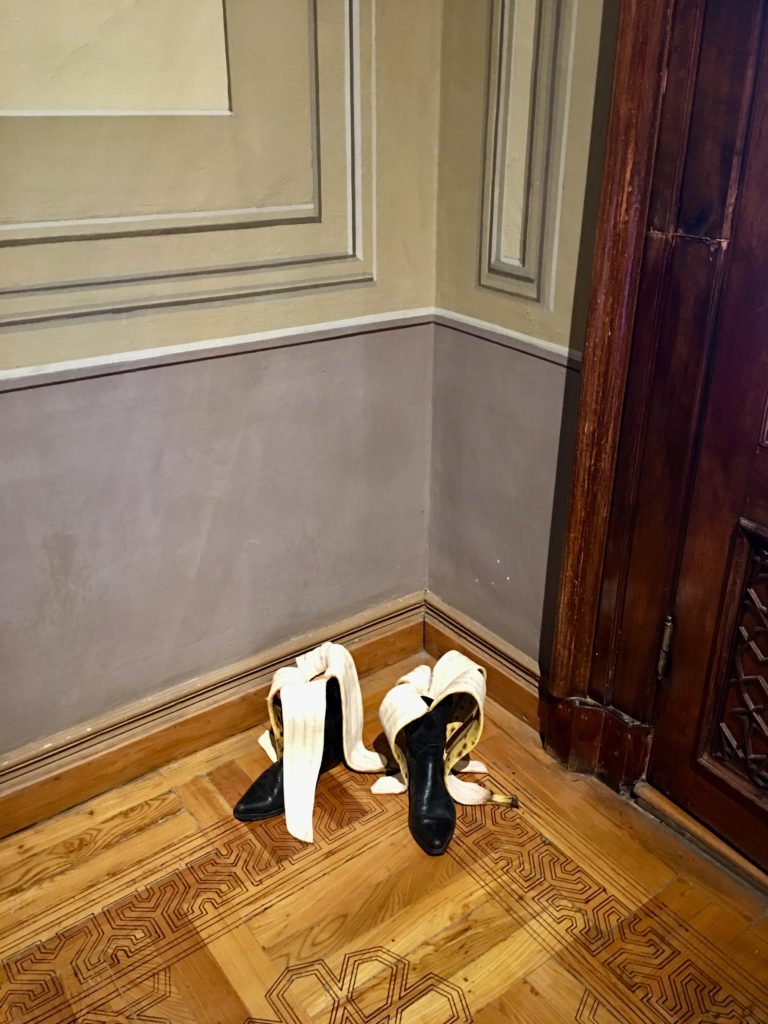
The pavilion and the surrounding grove was later bought by Sultan Abdülhamit II and given as a present to his cousin Abdülmecit Efendi, as a haven of retreat for his painting activities. After the abolishment of the Caliphate, it was transferred to the Istanbul Revenue Office. Following a change of several owners, the pavilion is currently owned by Koç Holding. This year is the second time Istanbulites have had a chance to visit this beautiful historical building, thanks to the Biennial and the Koç family.
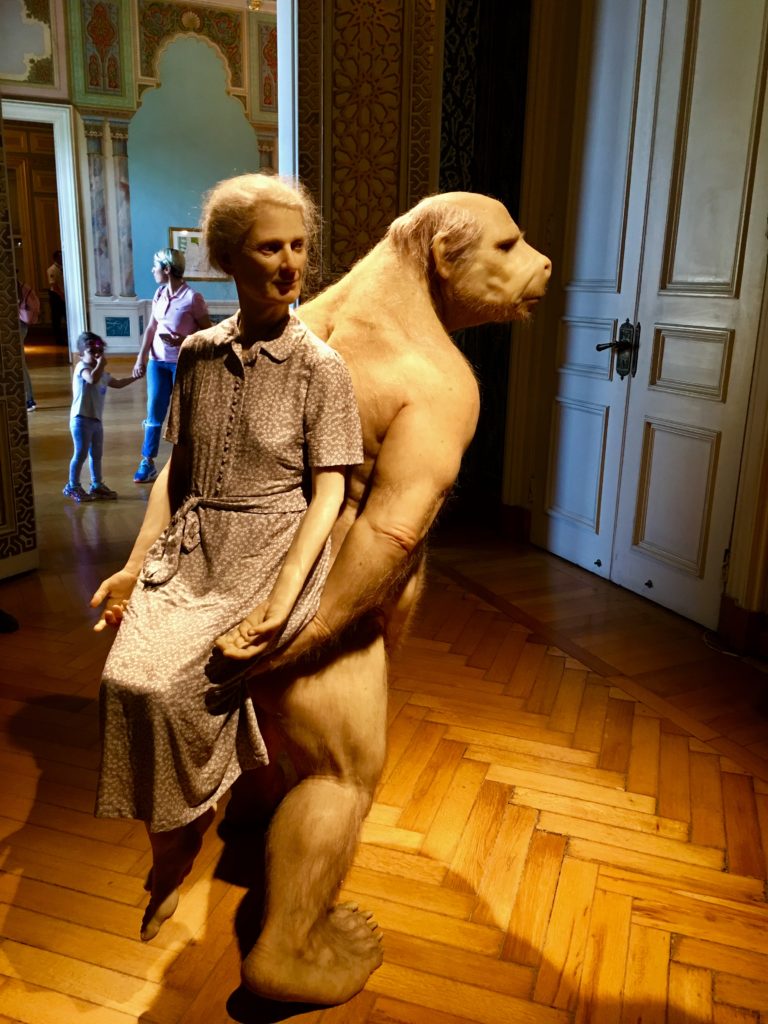
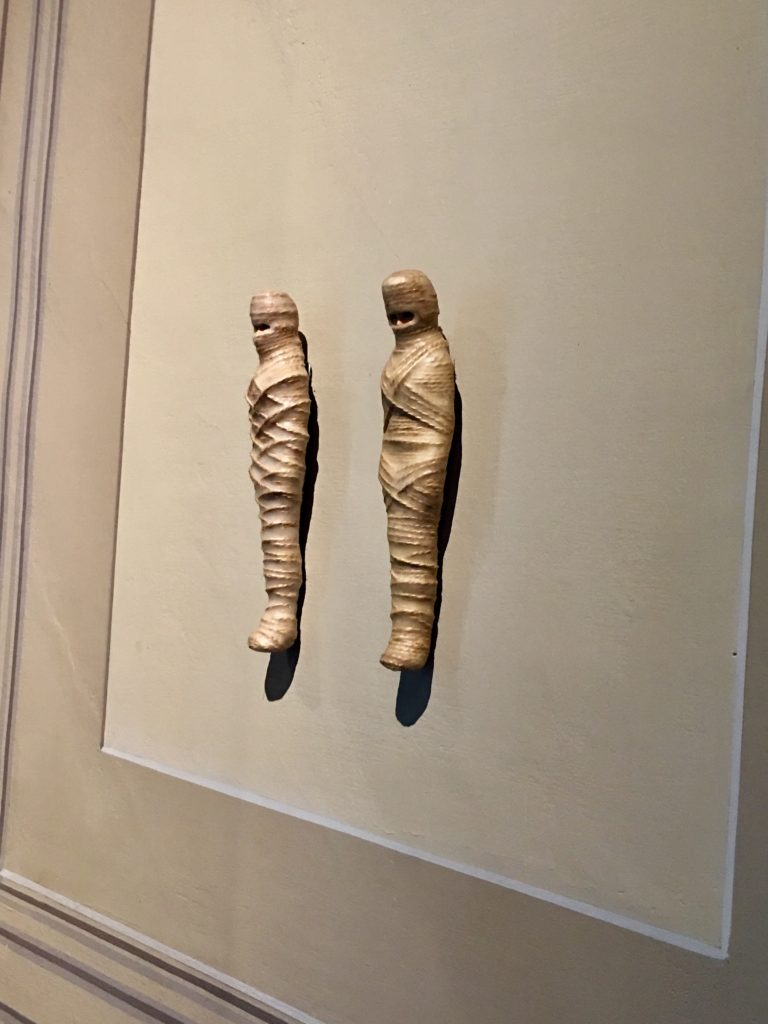
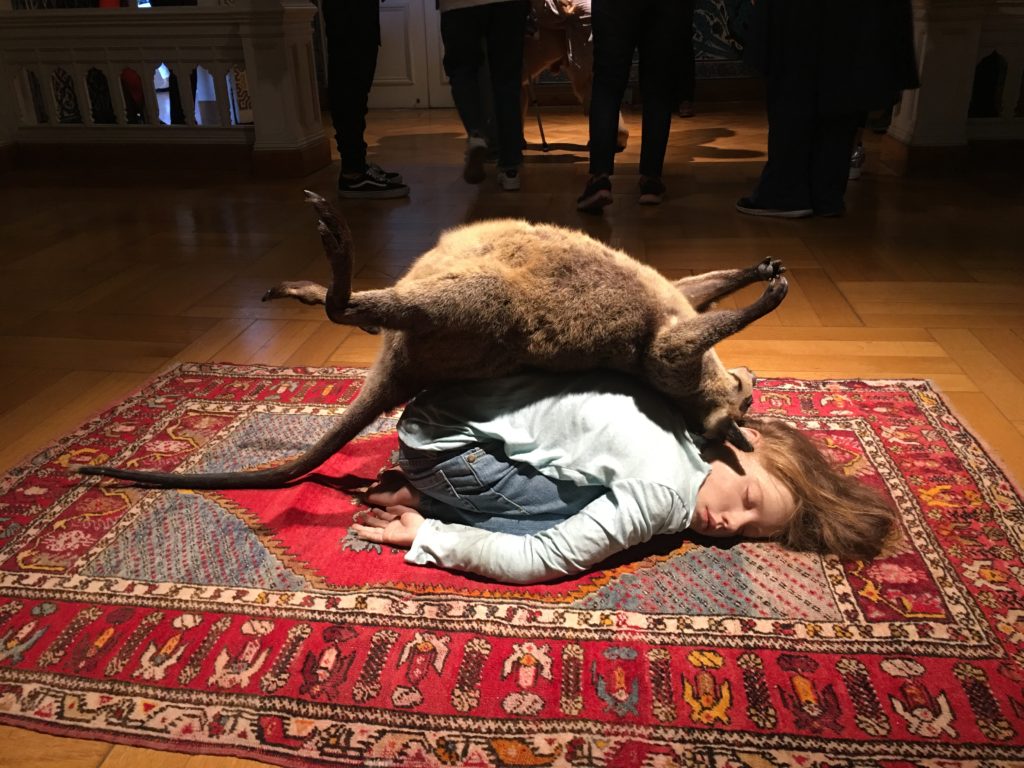
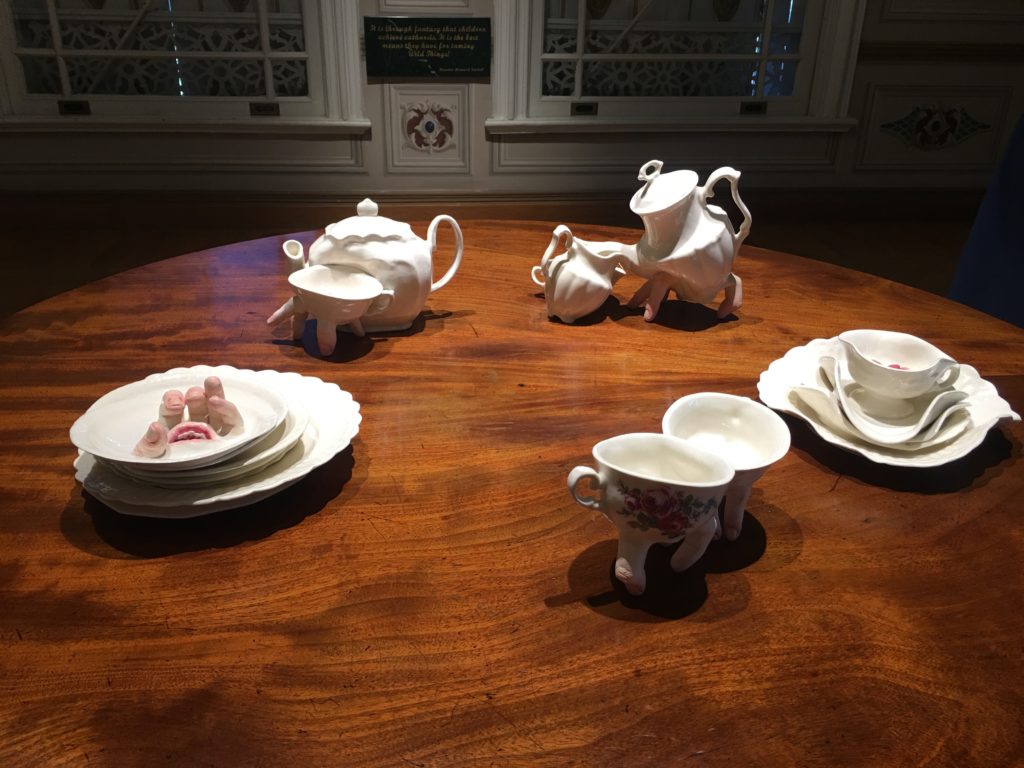
The exhibition and hence the pavilion will be open until November 10th, 2019. Both are worth a visit if you happen to be in Istanbul. Believe me, the long queue will not disappoint you.
Address: Abdülmecid Efendi Köşkü, Kuşbakışı Cad. No:18, Kuzguncuk, Üsküdar
